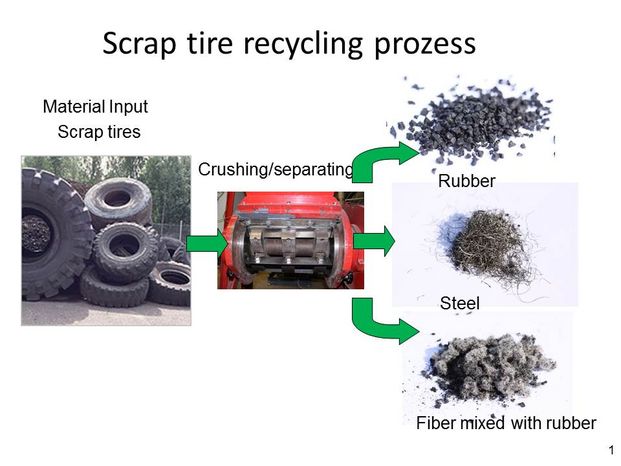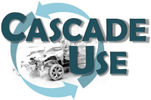Kontakt
ADRESSE
Altreifen
The recycling of tires is not a new technology, but there are many important issues to look at, especially from the viewpoint of protection of the environment. There are four basic choices in dealing with the scrap tire problem. They are commonly referred to as the four Rs (4Rs):
- Reduce,
- Re-use,
- Recycle, and
- Recover.
First in the hierarchy is Reduce, which means that eliminating waste is best for the environment. It is the best method to reduce greenhouse gases, and it also saves natural resources and avoids generating solid waste. Due to the need of tires on every car, there is still a constant need on scrap tire recycling. Recovering the rubber and other materials from scrap tires is the biggest market in scrap tire recycling. There are many new applications for the recycled rubber and further information can be found in the Canadian Scrap tire report (publication as download) Recycling efficiency on material recovery is always related to the scrap tire quality. Passenger tires tend to contain more synthetic rubber than natural rubber; truck tires consist of more natural rubber; and off-the-road (OTR) tires, including heavy mining tires as well as agricultural and industrial tires, have nearly no synthetic rubber. The rubber composition may be due to the fact that passenger tires have to meet higher quality standards (low rolling resistance, improved skid resistance and good wear) to succeed in the competitive market. Information of material characterization is essential for estimating the material distribution and the material flow. Processing steps like comminution and the following separation depend on each other and are essential for the separation success. Download: Scrap tire recycling in Canada 
Figure: Scrap tire recycling



